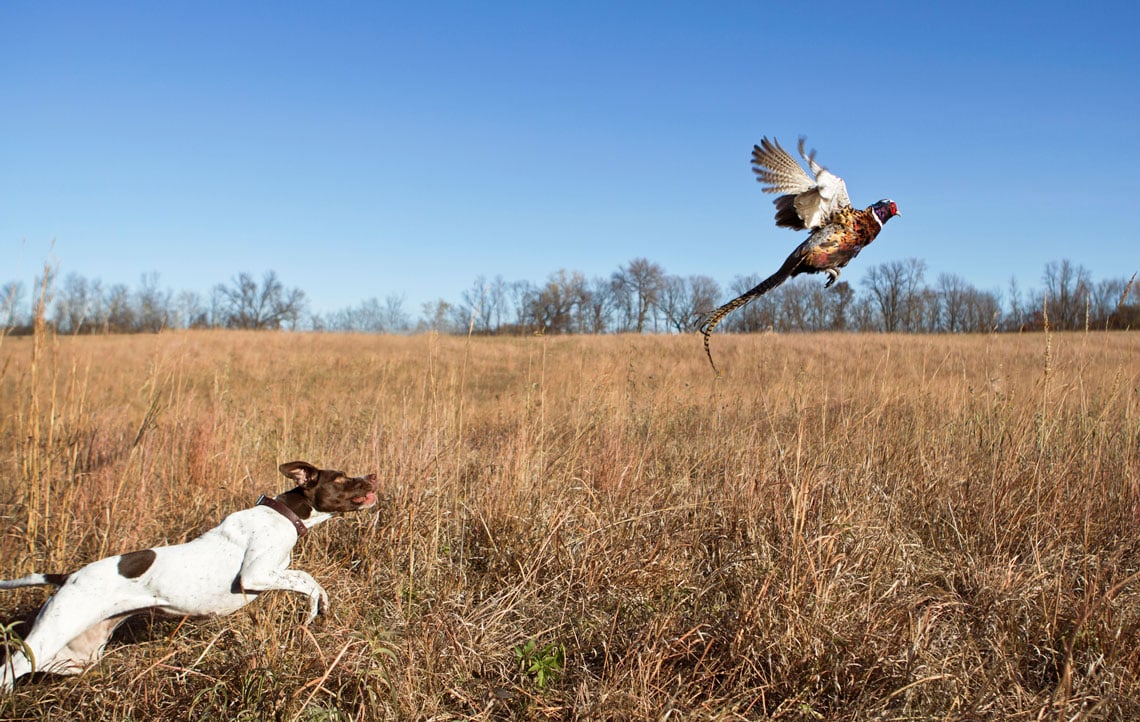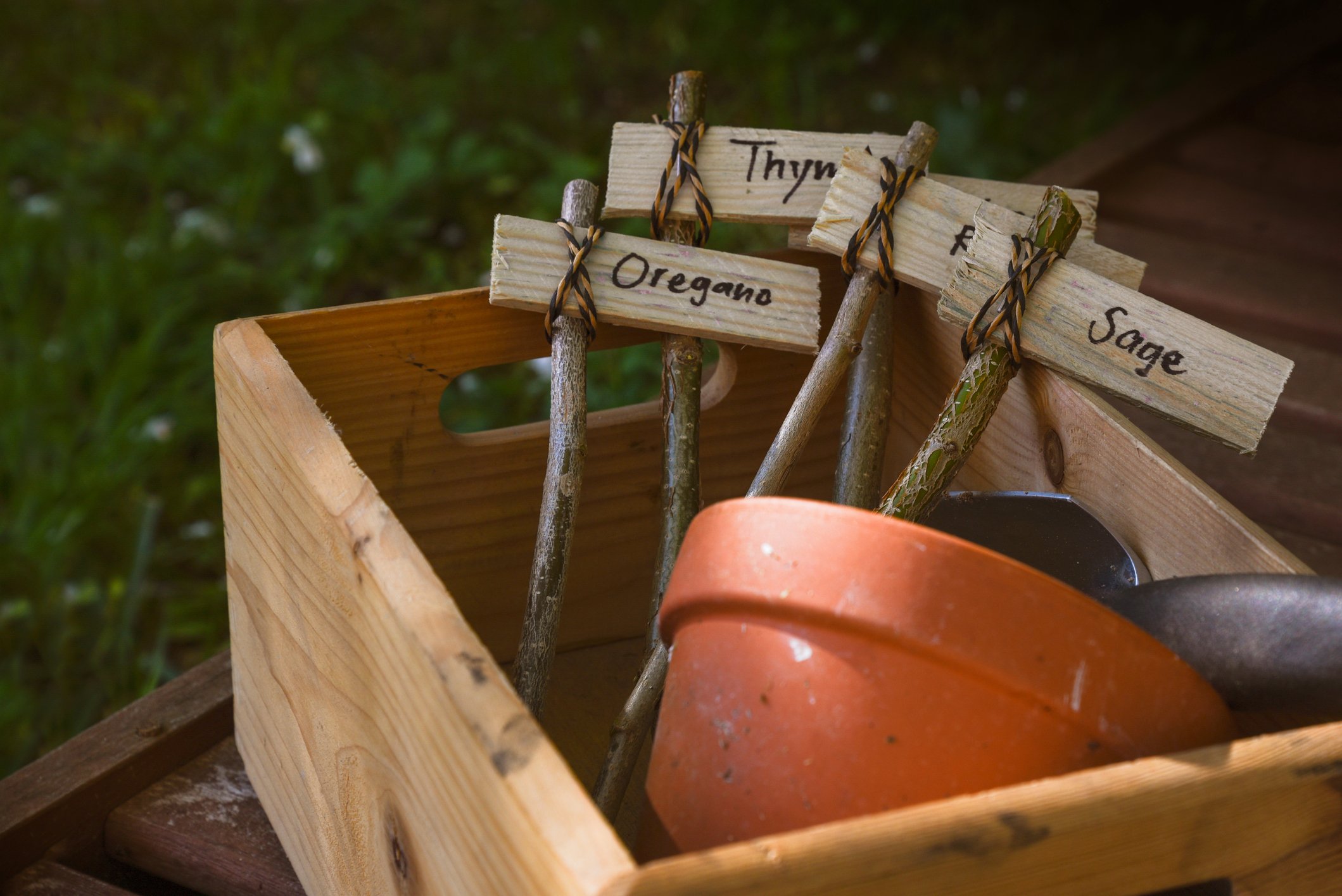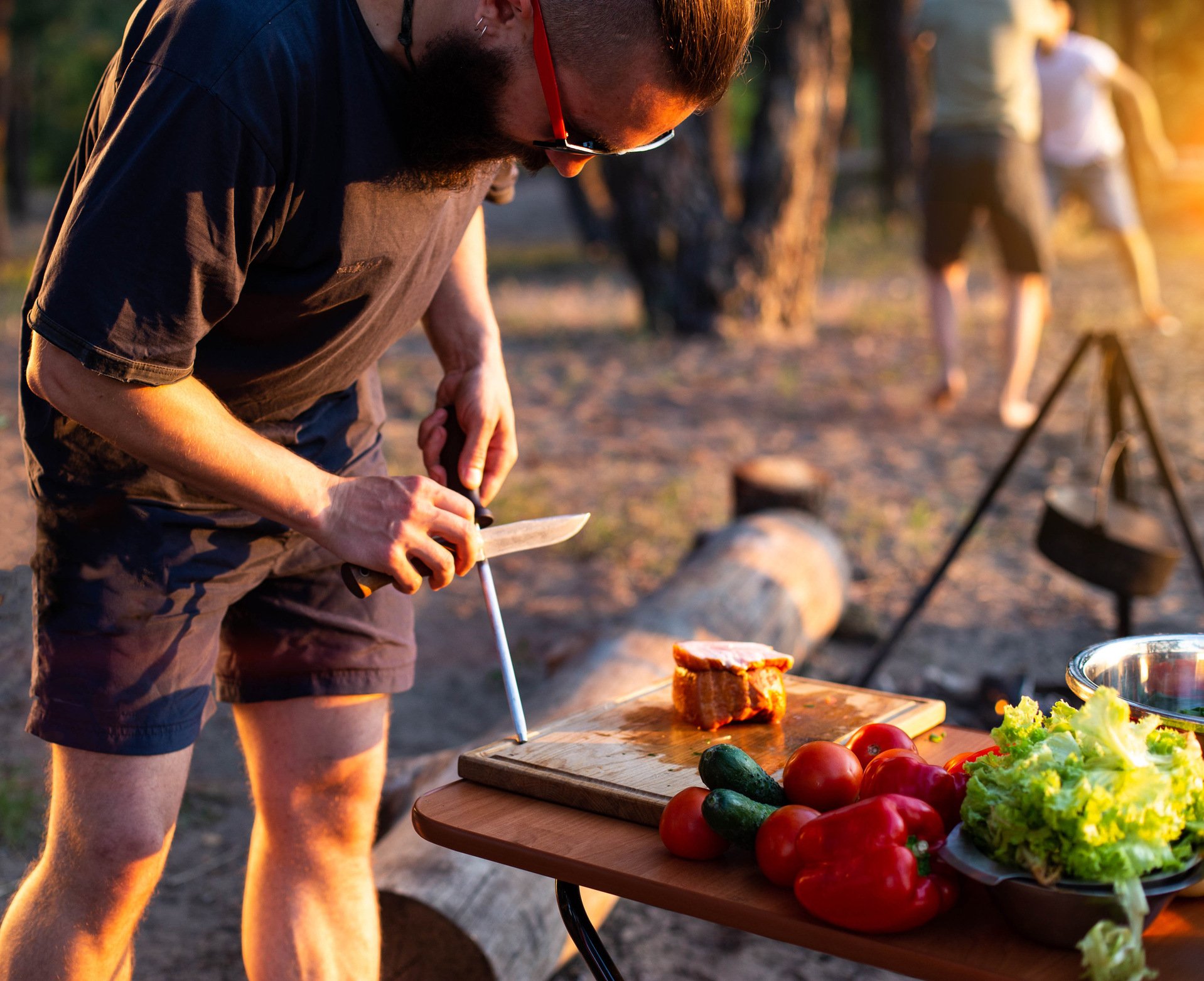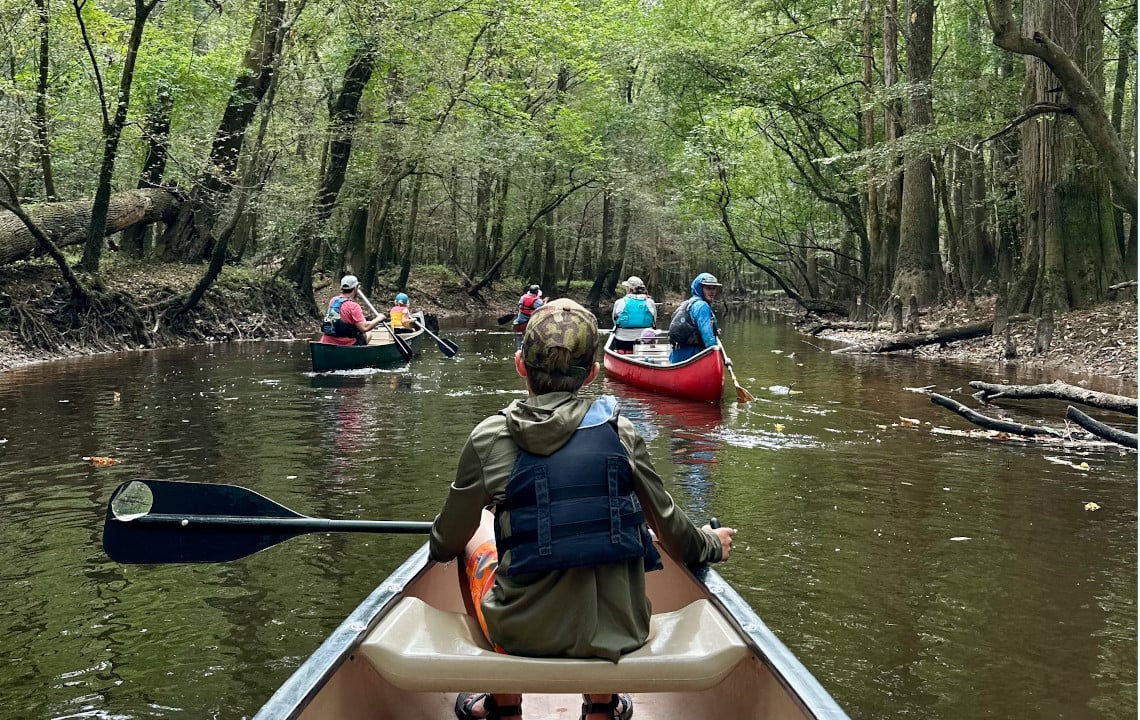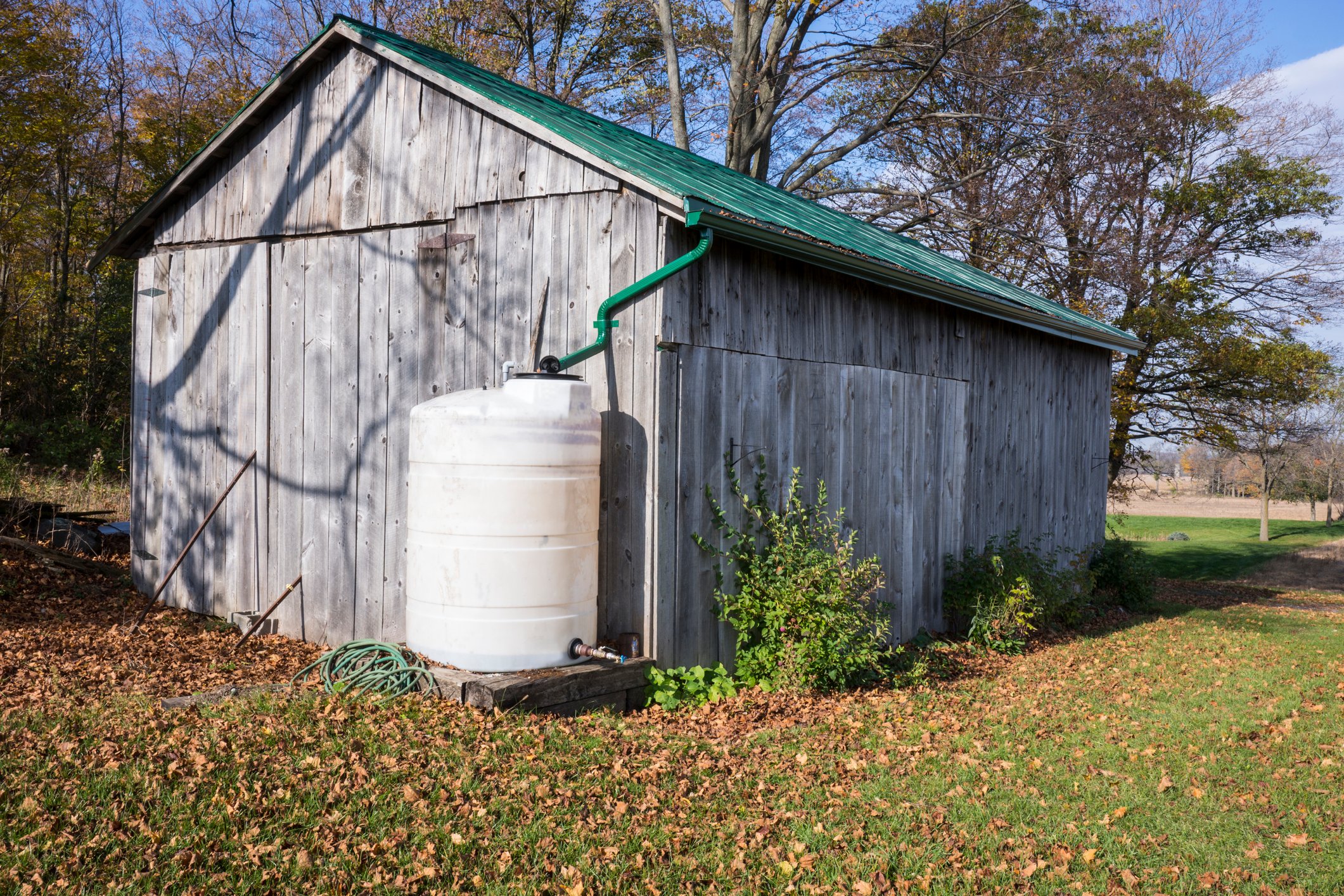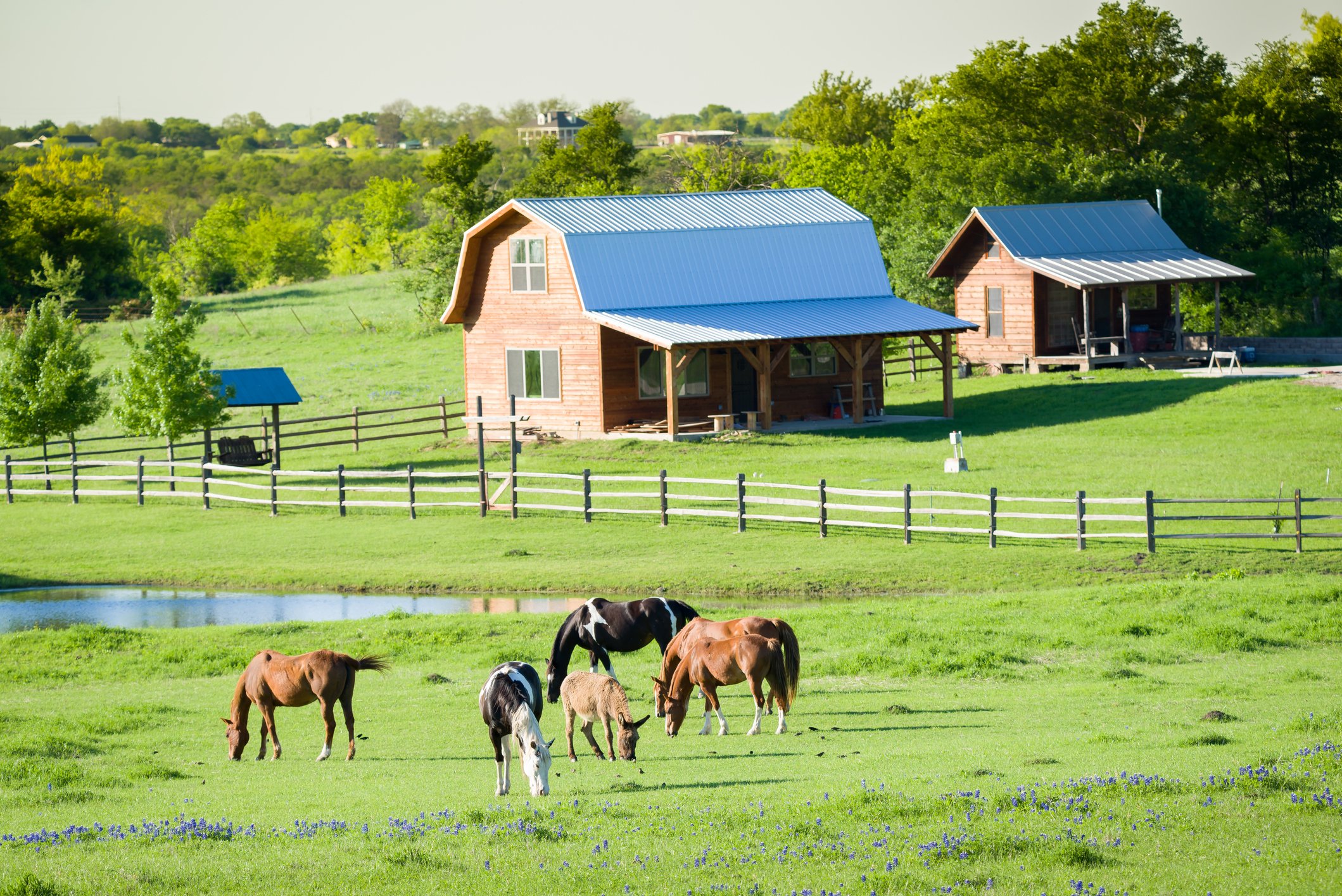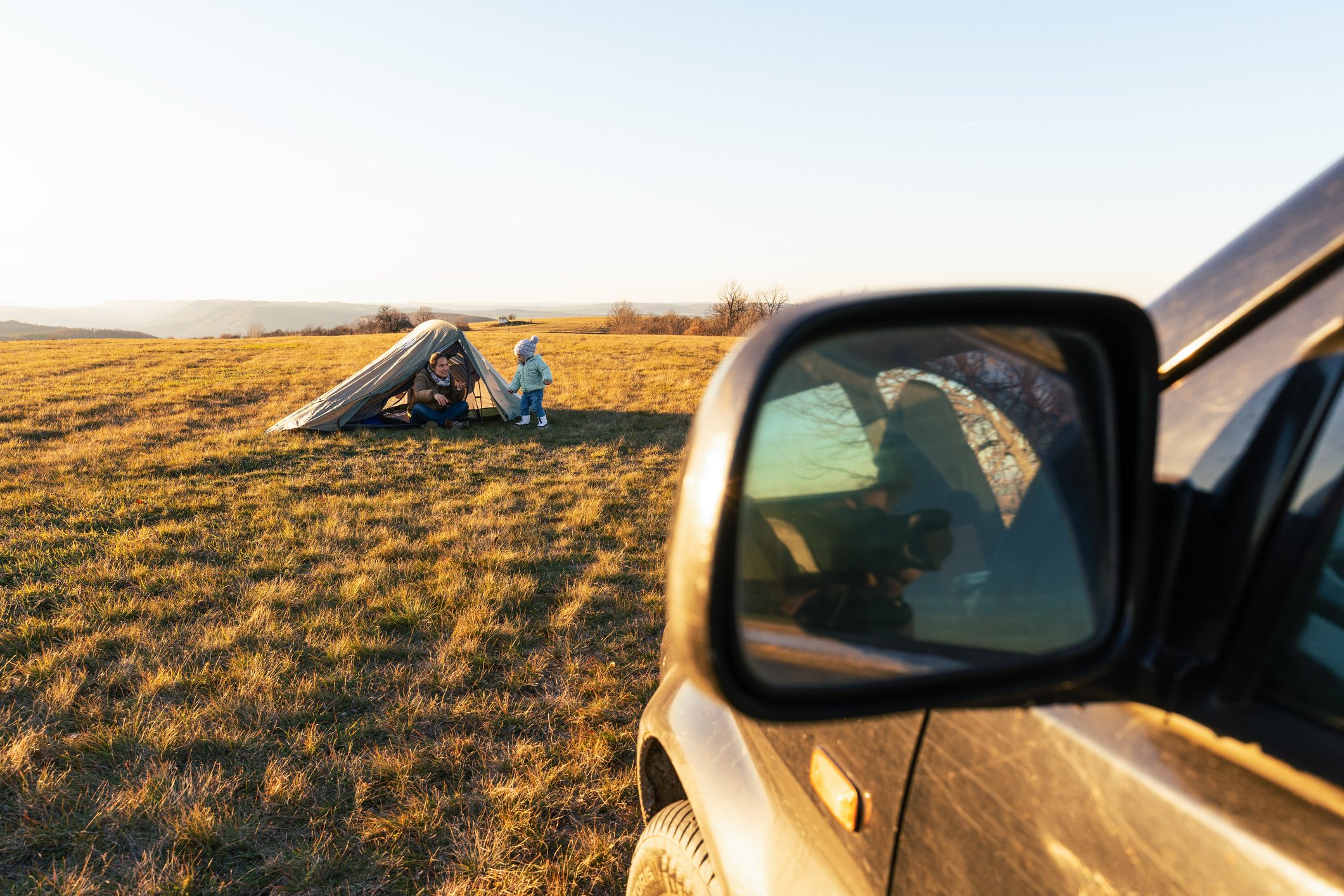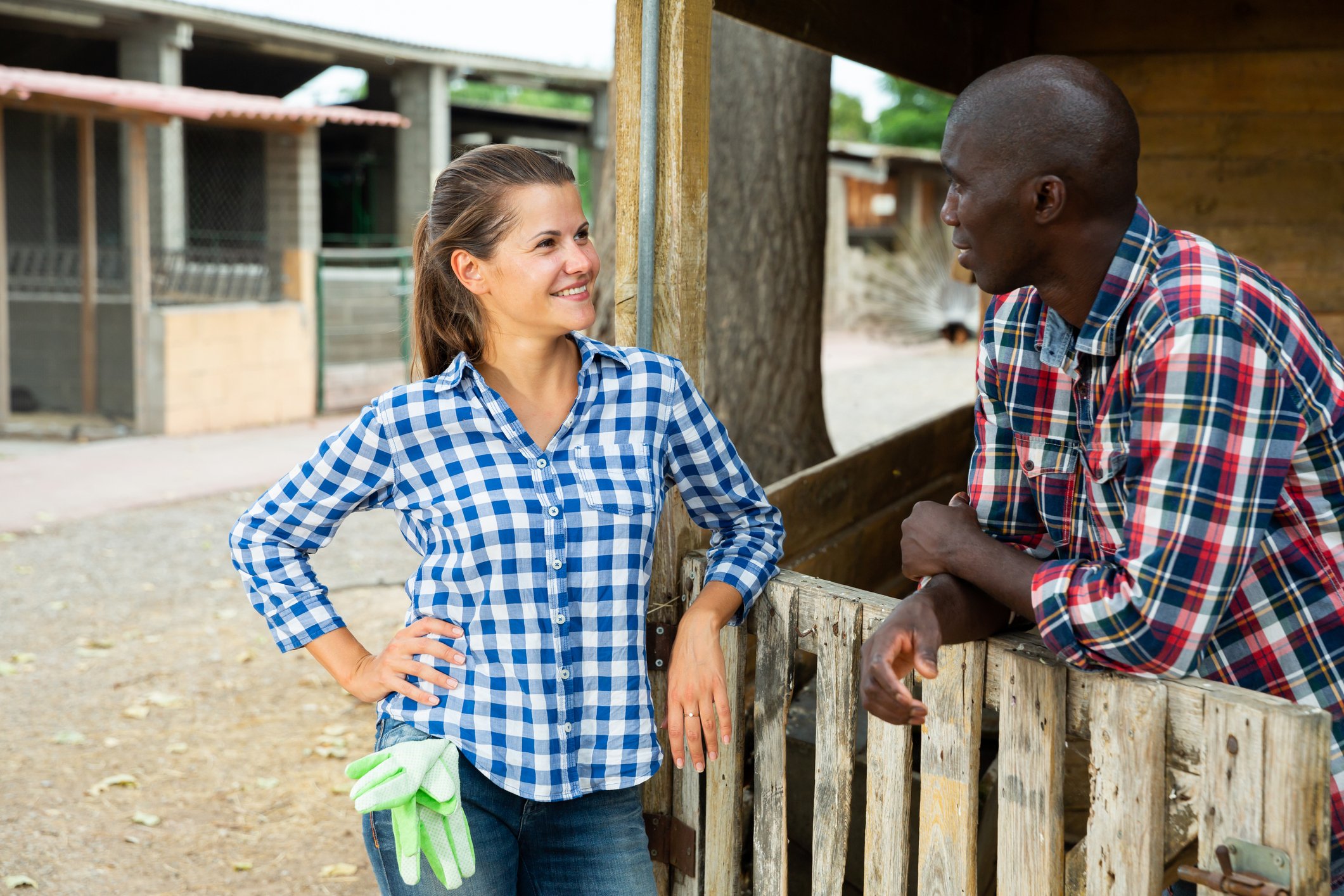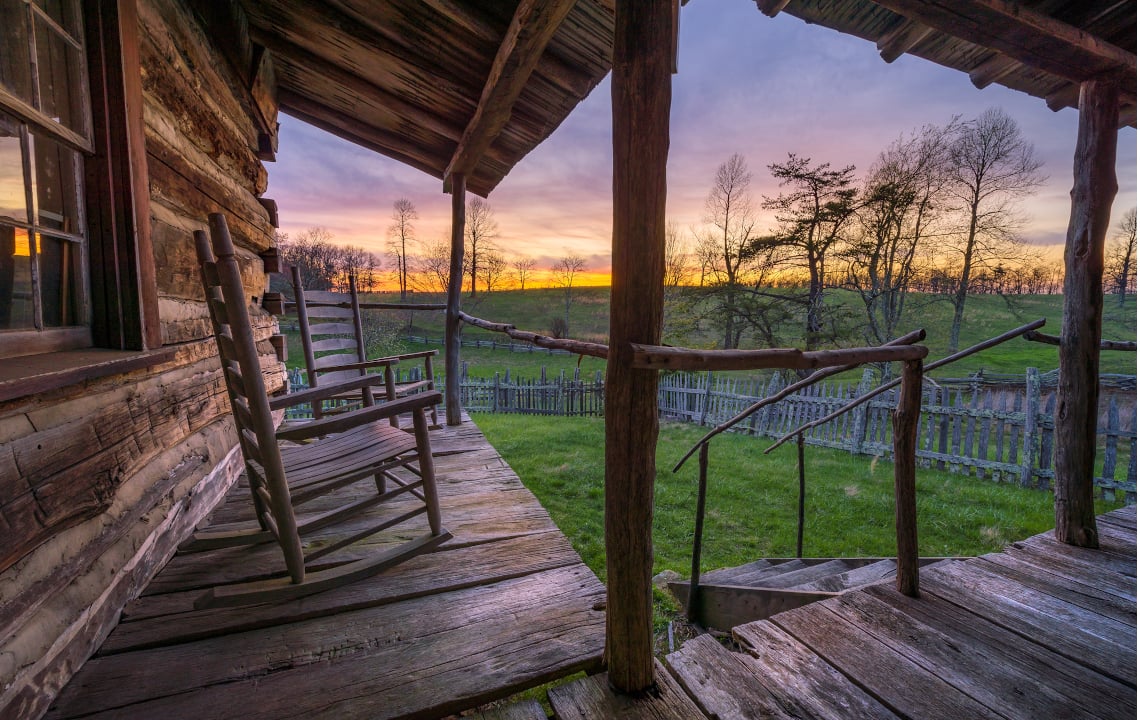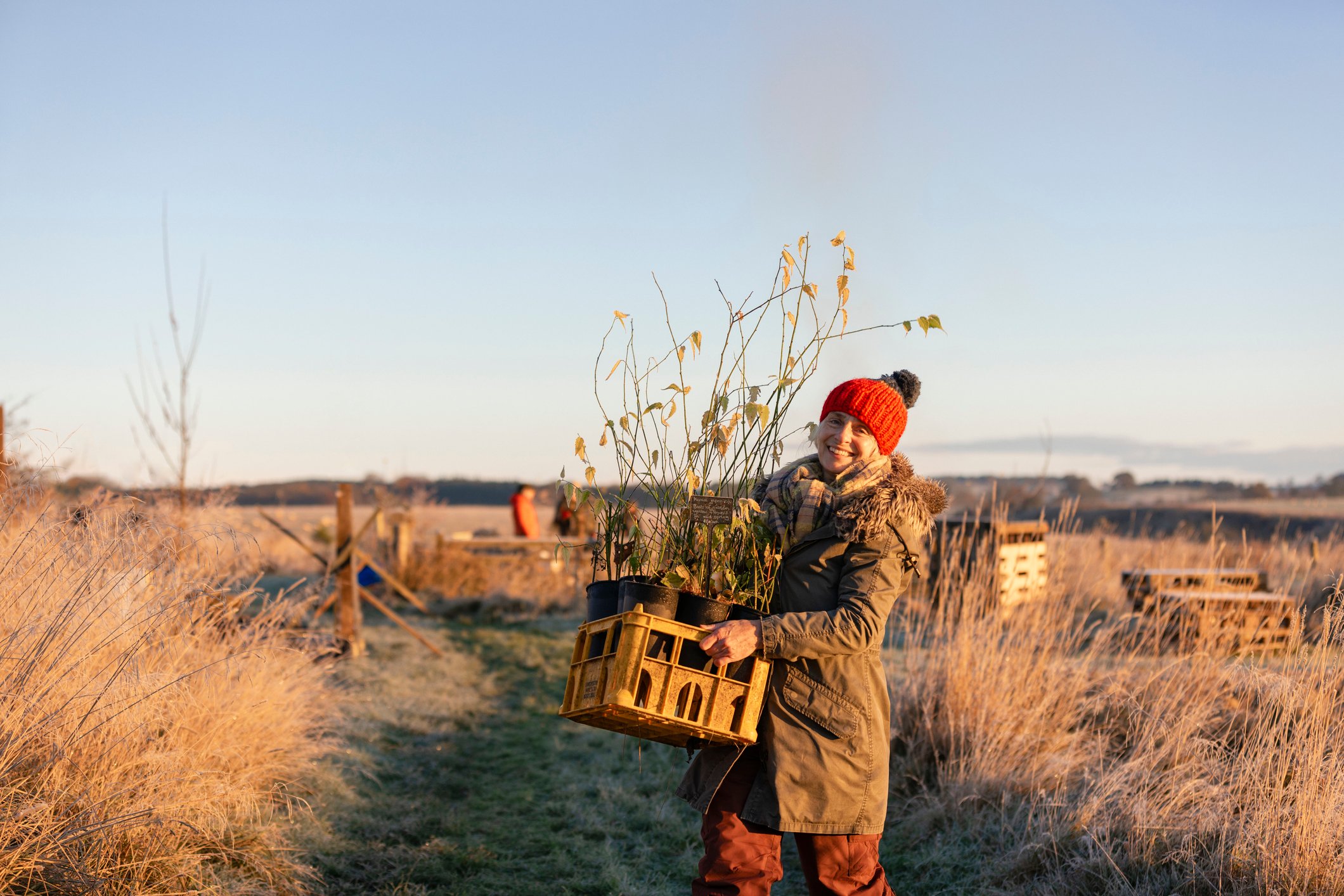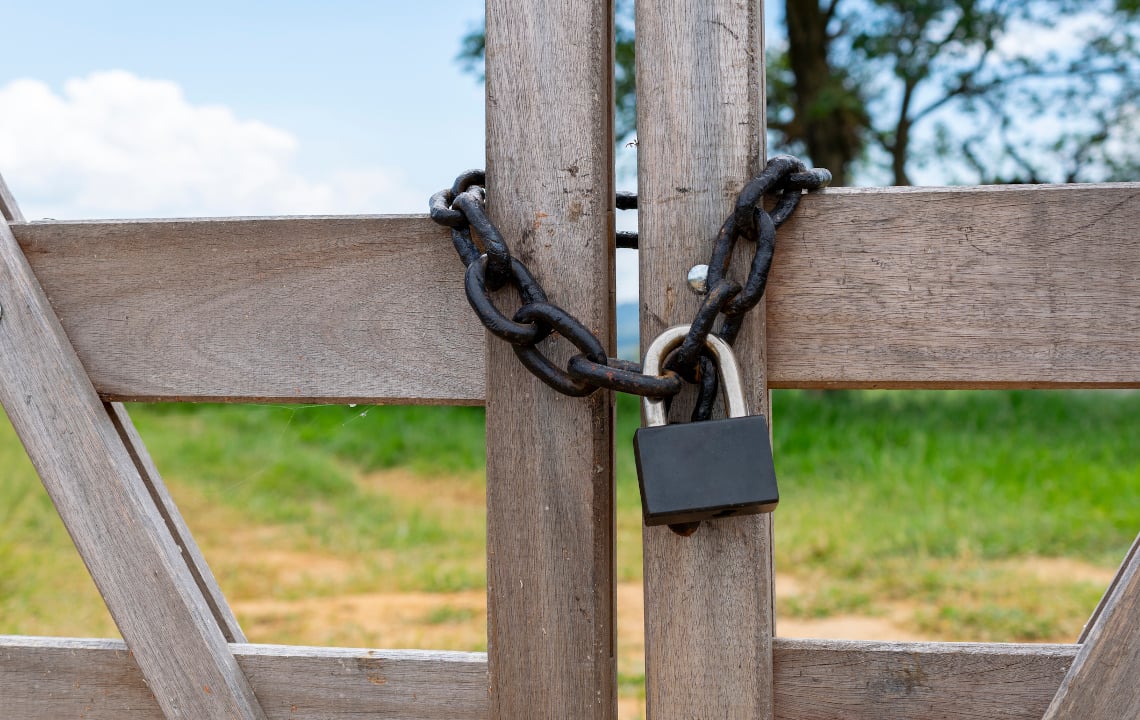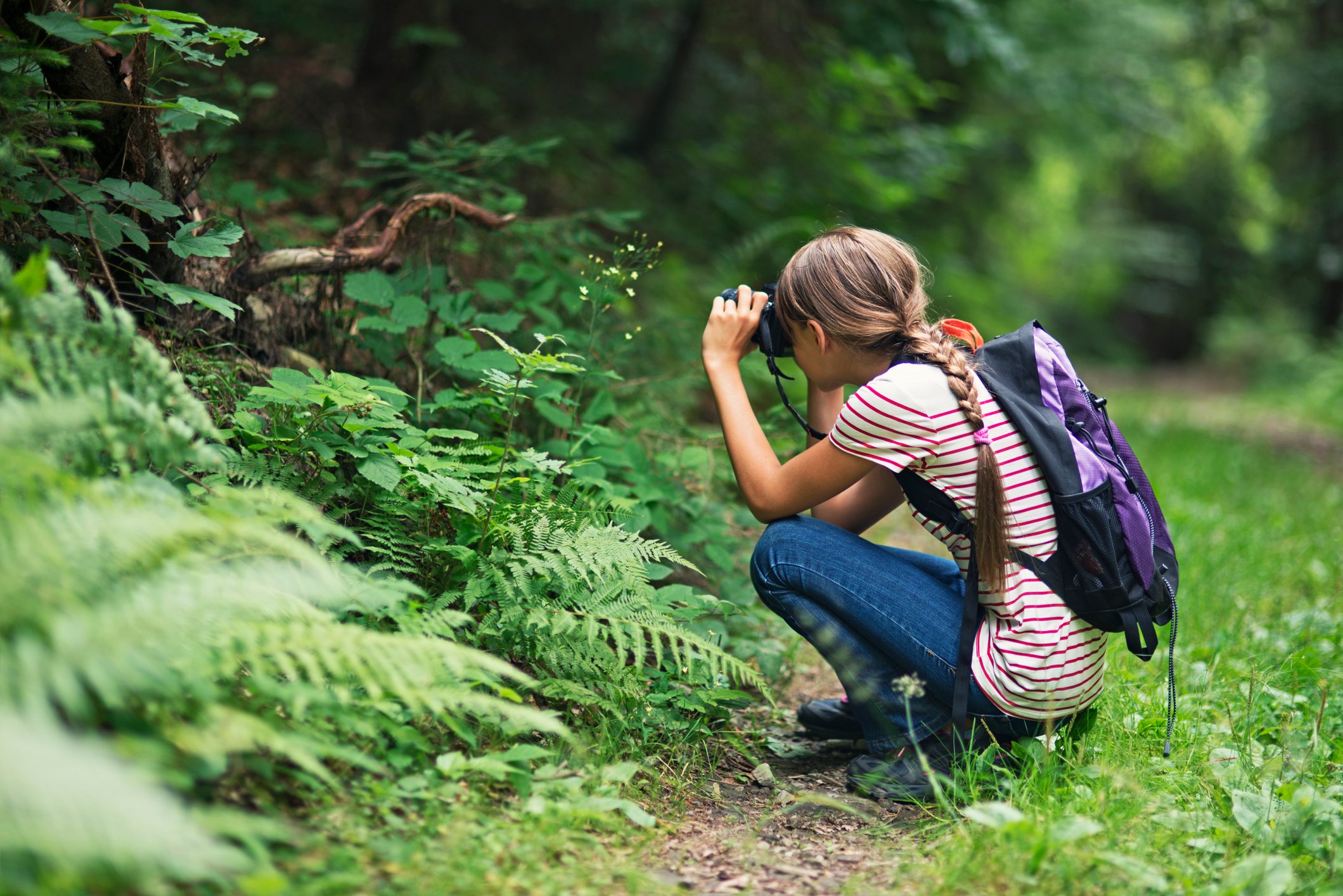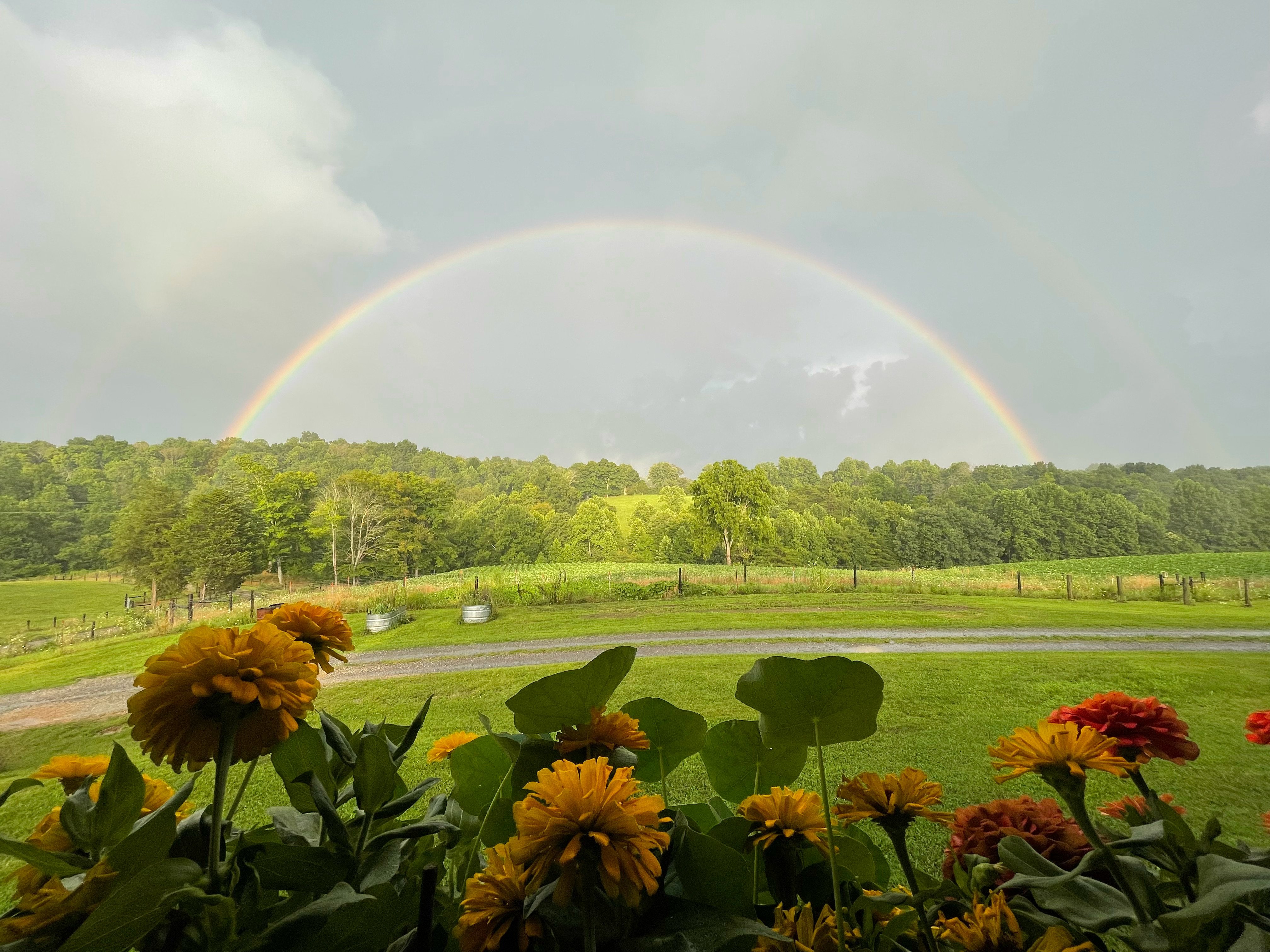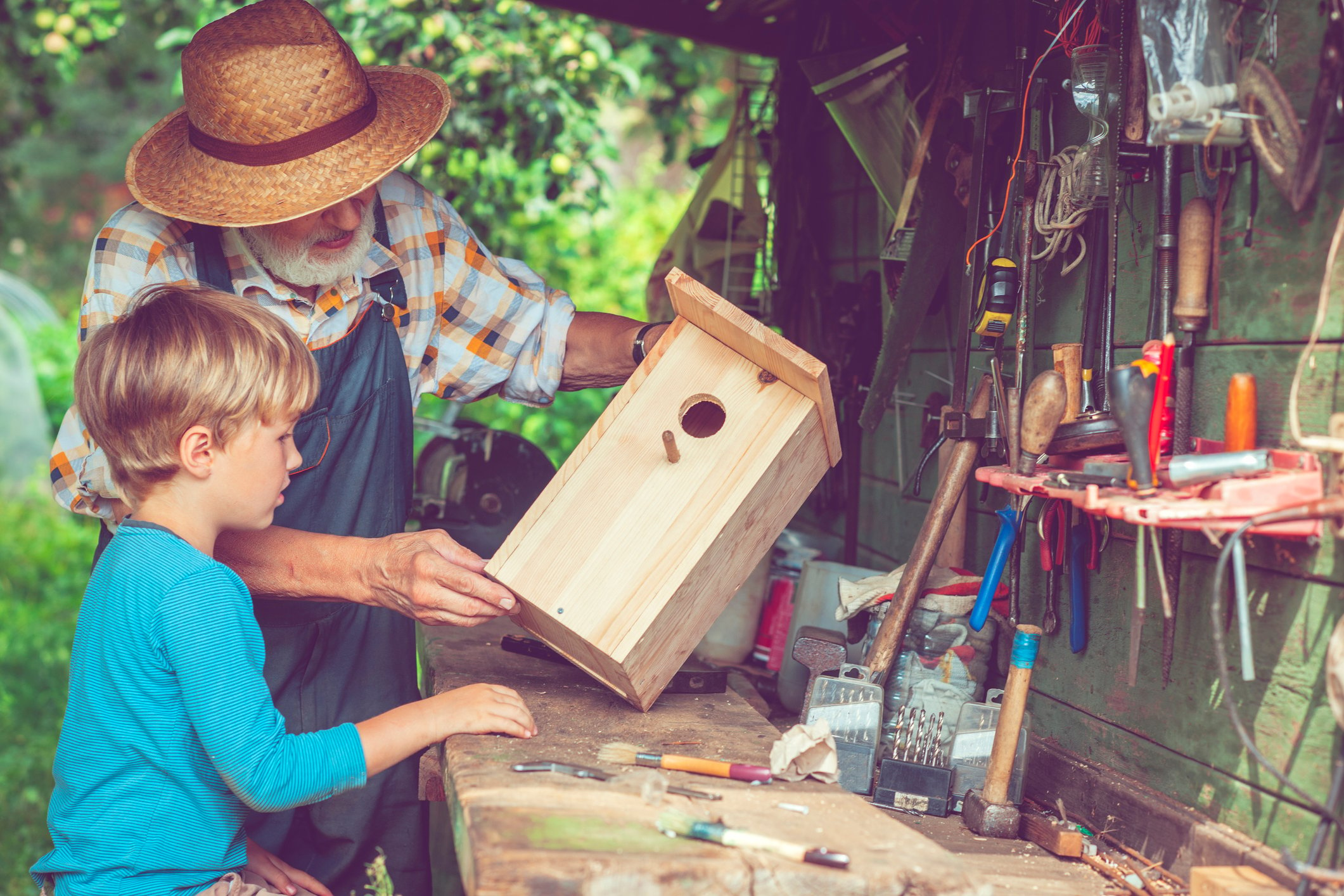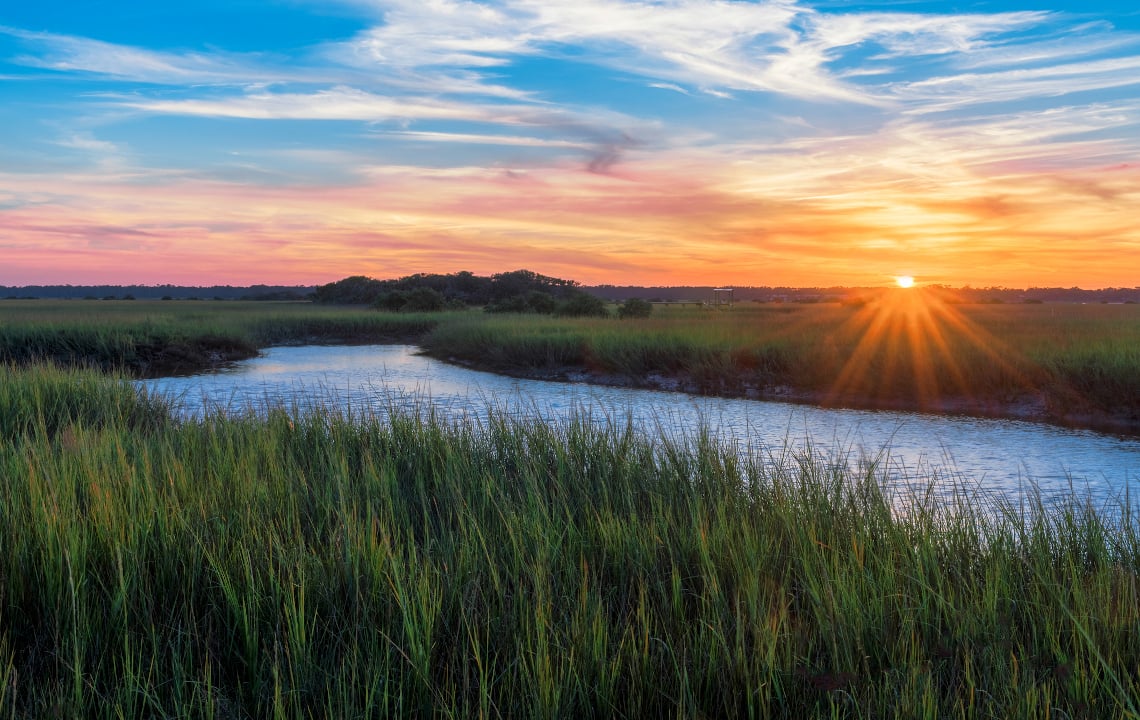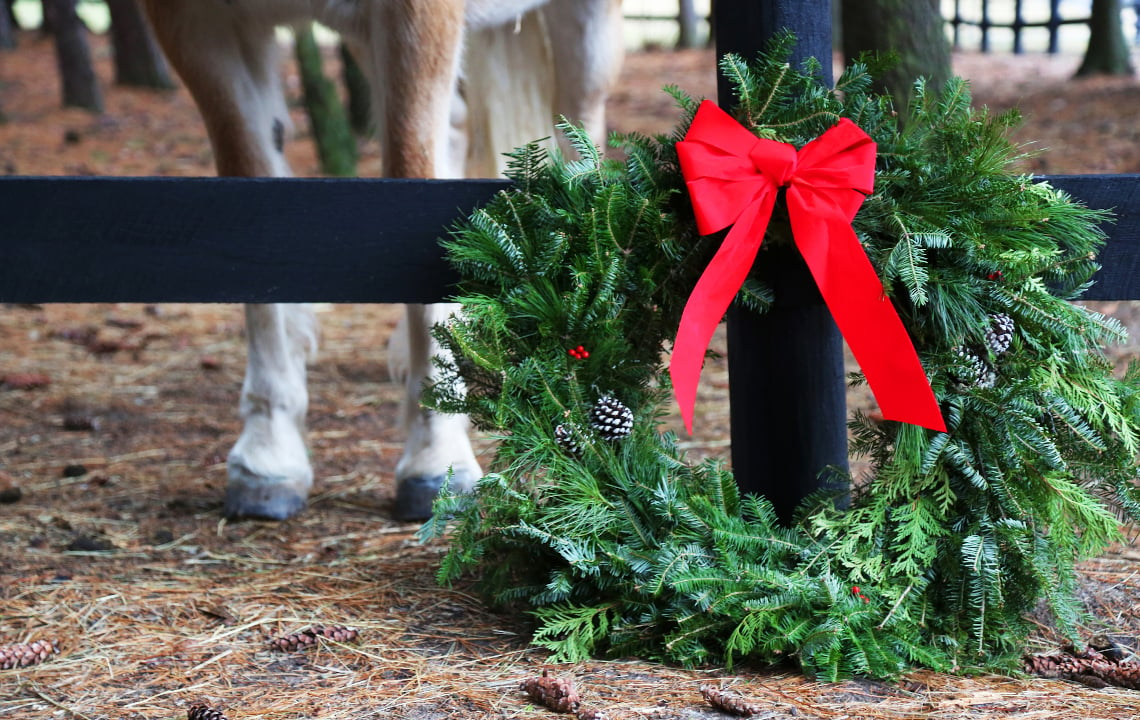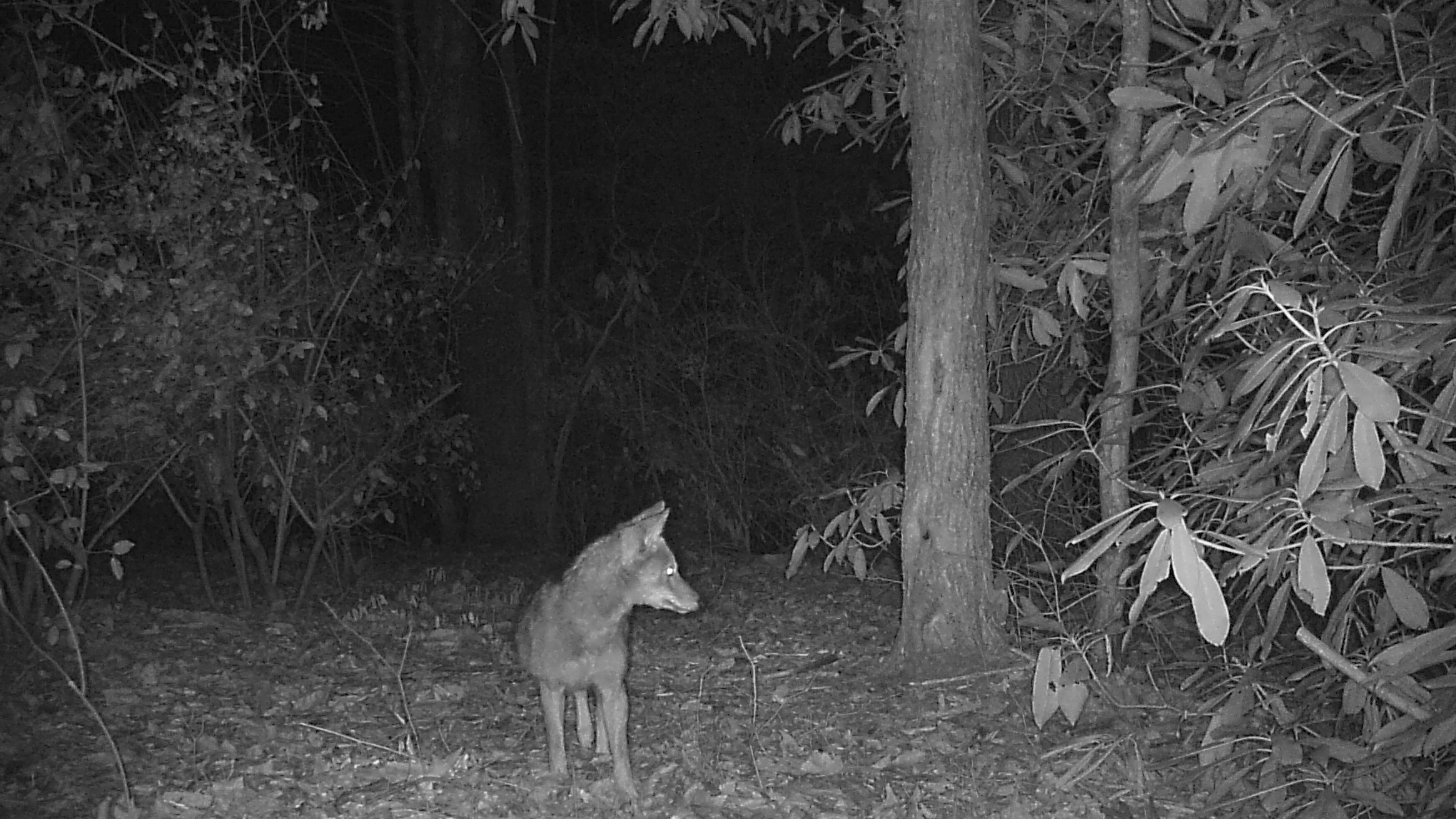Don’t let the hurdles keep you from getting started hunting. Consider small game to gradually build your outdoor skills.
You’d love to take up hunting and often imagine what it would be like: crisp Autumn mornings deep in the woods, watching sunlight stream through the trees, waiting for the perfect whitetail buck to appear.
You can almost taste the maple-glazed venison medallions you’ll have for dinner when you get back to camp and you’d love to fill your freezer with organic wild game to eat all winter.
But then you remember: you don’t know the first thing about hunting. You don’t know where you’re even allowed to hunt, let alone how to scout or make a humane shot. And how would you get a deer out of the woods all by yourself? You quickly file the dream away. Some day, right?
If you weren’t raised in a hunting family, odds are you don’t know where to start. While many aspiring hunters dream of adding big game like deer or wild turkey to their diets, the prospect of learning the necessary skills and tactics can be so intimidating that they abandon the idea before taking the first step.
What if we told you there’s a simpler approach? One that involves starting small. With small game, that is.
“With small game there tends to be more action. It’s less intense. Less equipment is needed. It’s far more relaxed. And it’s easier to take the game out of the woods. You don’t need to drag it and do all this preparation,” said Walter “Deet” James, Jr., hunting specialist with the Education Division of the North Carolina Wildlife Resources Commission.
As a veteran hunter, James got his start hunting small game in Central Pennsylvania where he went after squirrels, rabbits and pheasants.
He said that small game hunting “teaches valuable skills necessary for hunting deer and other big game,” and is a great way for new hunters to gain experience in the outdoors and maximize the potential of harvesting their first wild game without the need for complicated strategies or expensive gear.
We talked to James and did some research to bring you this step-by-step guide to becoming a small game hunter.
Step One: Sign Up for a Hunter Education Course and Get Licensed
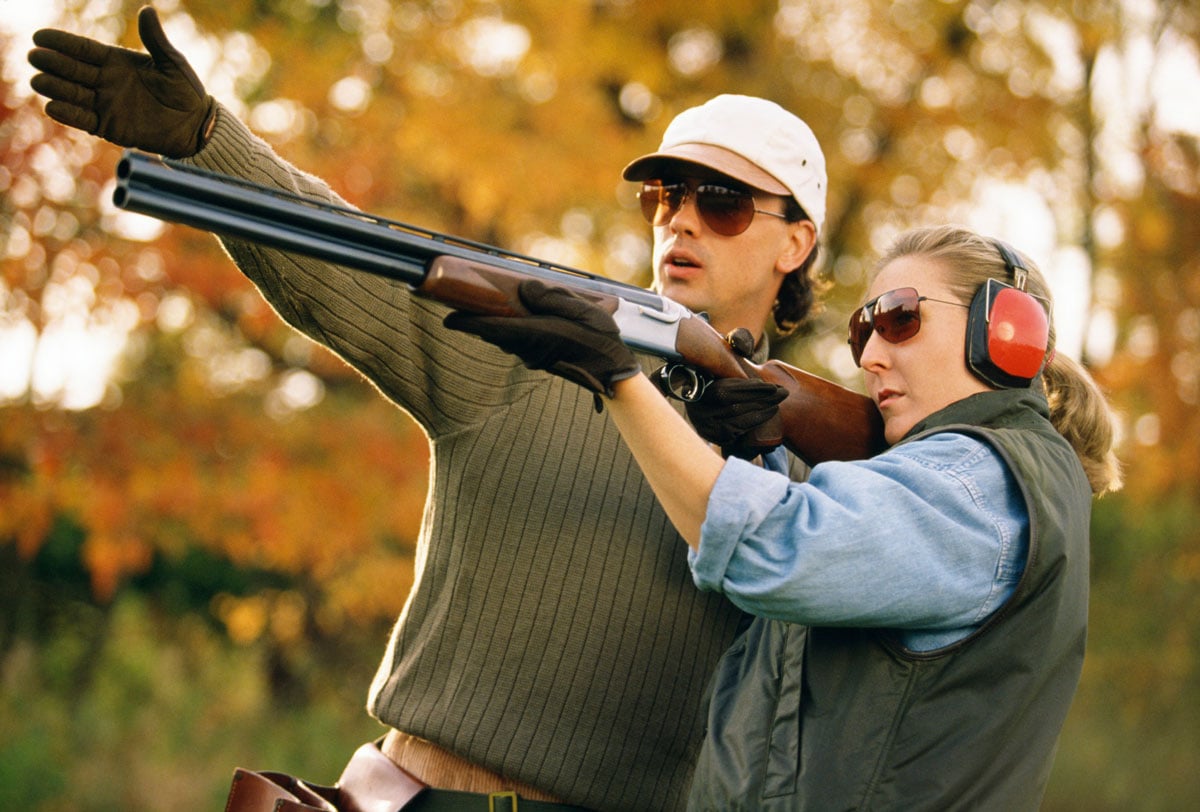
To apply for a hunting license, you need to take a hunter education course. You can sign up for a course today by searching your state’s wildlife or game commission website to find a session in your area.
These courses are typically free or inexpensive and are taught by wildlife education specialists. They cover a lot of ground: wildlife management, conservation, basic firearms safety, hunting ethics, laws and regulations. Think: how much hunter orange do I need to wear? And can I hunt on Sundays?
Many states offer online courses which can be convenient if your schedule is tight, but know that the exam portion must be completed in person.
Ask your instructor about apprentice or mentor programs for new hunters. James told us that because of a decline in hunter numbers, many state game agencies have invested resources to recruit new adult hunters.
Alabama, for example, has a program pairing new hunters with seasoned veteran mentors for one-on-one hunts. They provide free equipment and offer opportunities to hunt for squirrels, rabbits, turkeys and deer.
Step Two: Select a Game Species and Learn About the Animal’s Habitat and Biology
State wildlife agencies typically classify the following as small game: squirrels, rabbits, hares, quails, pheasants, woodcocks, doves and grouse.
James recommends you choose a species that is abundant in your region for the best chance of success.
Contact your state’s game agency and ask about small game populations in your area. They may tell you where they manage land to provide habitat for certain animals.
Can’t decide which species to pursue? Consider squirrels. They’re abundant in forested areas and most states have long squirrel seasons, usually October through February.
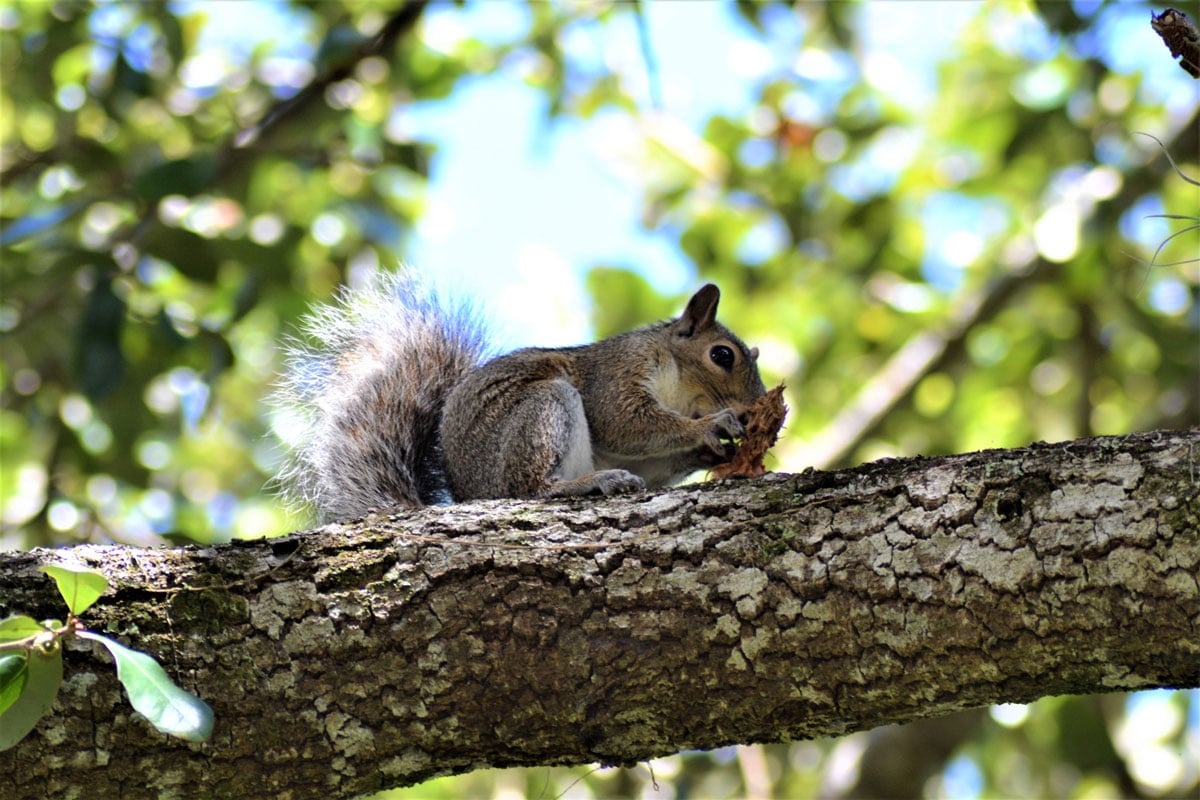
Once you’ve chosen the species you want to hunt, learn everything you can about its biology.
“Familiarizing yourself with the habits and habitat of game species is paramount,” said James.
Steven Rinella, host of the show “Meat Eater” and author of “The Complete Guide to Hunting, Butchering, and Cooking Wild Game: Volume 2: Small Game and Fowl, Random House 2015,” encourages rookies to hunt squirrels and shares the following facts about them in his book:
- Squirrels live in mixed forests with plenty of nut-producing trees
- They primarily eat mast crops like oak, beech and hickory
- Will also eat other foods such as fungi, berries and seeds
- Leave their nests to feed at daybreak or shortly after
Rabbits are also abundant, so much so that in some states, like Texas, there is no closed season for them. According to Rinella's book, “The vast majority of hunters in America are within an easy drive of prime cottontail country.”
But because rabbits are preyed on by several species including coyotes, owls and snakes, they nest in dense, hard-to-reach thickets and briar patches. Hunting without the aid of dogs to flush the rabbits out can be a challenge. If you want to try for rabbits, consider enlisting friends or family members. A group of hunters can organize a drive hunt.
“Basically, the method comes down to having pushers flush rabbits in a controlled fashion that more or less forces the animals to pass the locations of carefully positioned standers,” Rinella writes.
Step Three: Find Suitable Hunting Land and Do Some Scouting
Once you know your quarry’s habitat, it’s time to look for land and take a pre-season scouting trip.
James told us that squirrels are abundant on North Carolina state game lands and can be found in forested areas. “As long as you have hardwoods, you have squirrels available,” he said.
Look for what hunters call “sign” that the animals have been hanging out in an area. For squirrels, you’ll want to look for tree cavities or leafy nests high in the treetops.
Rinella says to watch out for “gnawed husks of tree nuts on or near stumps or horizontal logs that serve as feeding platforms.”
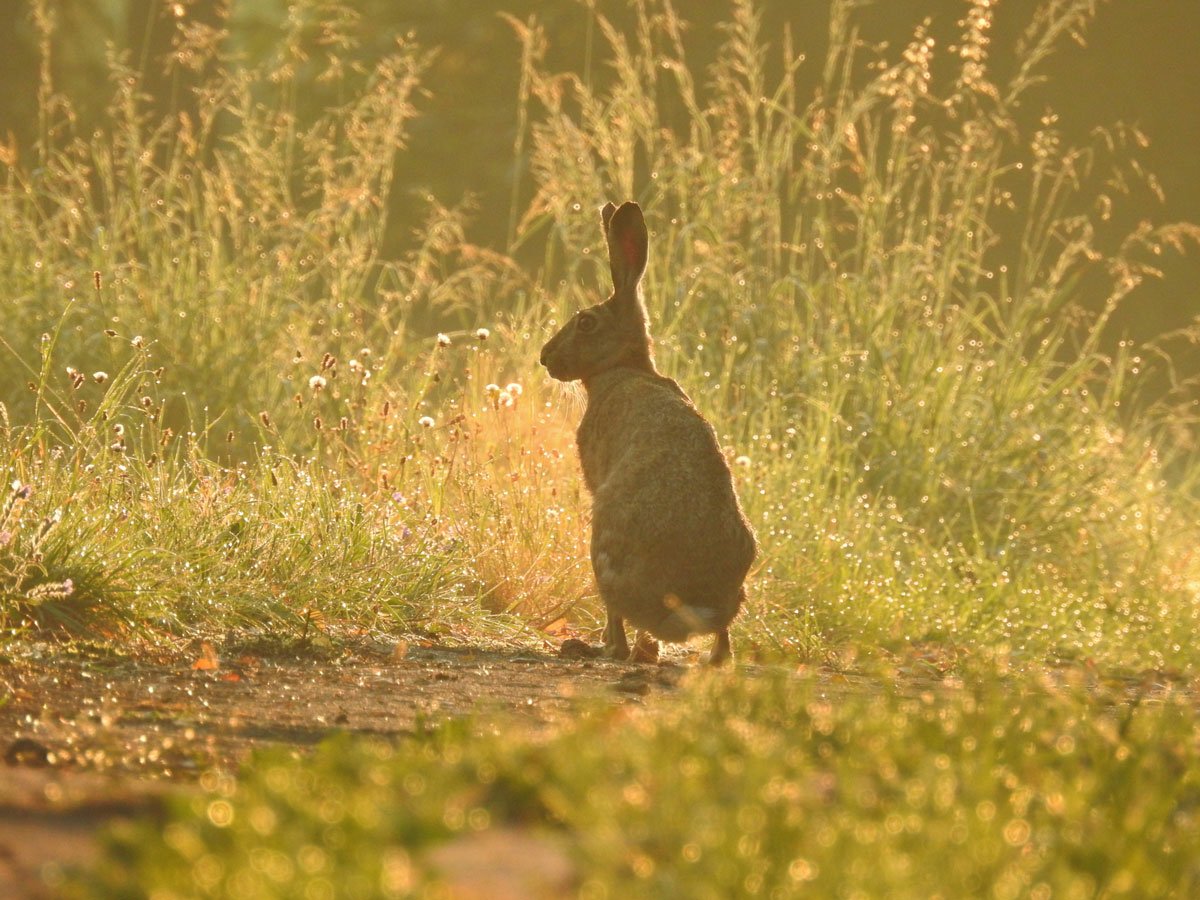
For rabbits, consider nearby farmland. You’ll need the landowner’s permission to hunt on private property, but rabbits are often seen as a nuisance by growers because they eat a wide variety of herbaceous plants. Look for open grassy areas bordered by woods and briar patches.
Rinella says to look out for rabbit sign such as: “droppings and maze-like networks of trails and tunnels coursing through thick brush and grass.”
Step Four: Select an Appropriate Firearm and Become Proficient With it
So what type of gun do you need for small game? It depends.
For squirrels, James recommends a shotgun or a scoped .22 rifle.
“I started out as a kid using the shotgun. It’s easier to make the shot because you have the pattern of shot rather than a single bullet. But most people do transition to the more challenging rifle. You can make a head or even chest shot so the meat isn’t riddled with shot.”
For moving targets like flushed rabbits or birds, a shotgun may be a better bet.
James says hunters should visit a hunting retailer to handle different firearms and discuss their needs with knowledgeable staff.
You might as well stock up on ammo while you’re at the pro shop because the next thing you need to do is practice, practice, practice.
Spend time in your backyard or the shooting range familiarizing yourself with your gun. You don’t want to make mistakes in the field like firing an empty chamber or making a poor shot that badly wounds an animal.
You need to know your maximum shot range so that you can make clean, ethical shots once you’re in the field.
Step Five: Gather Your Gear and Go Hunting
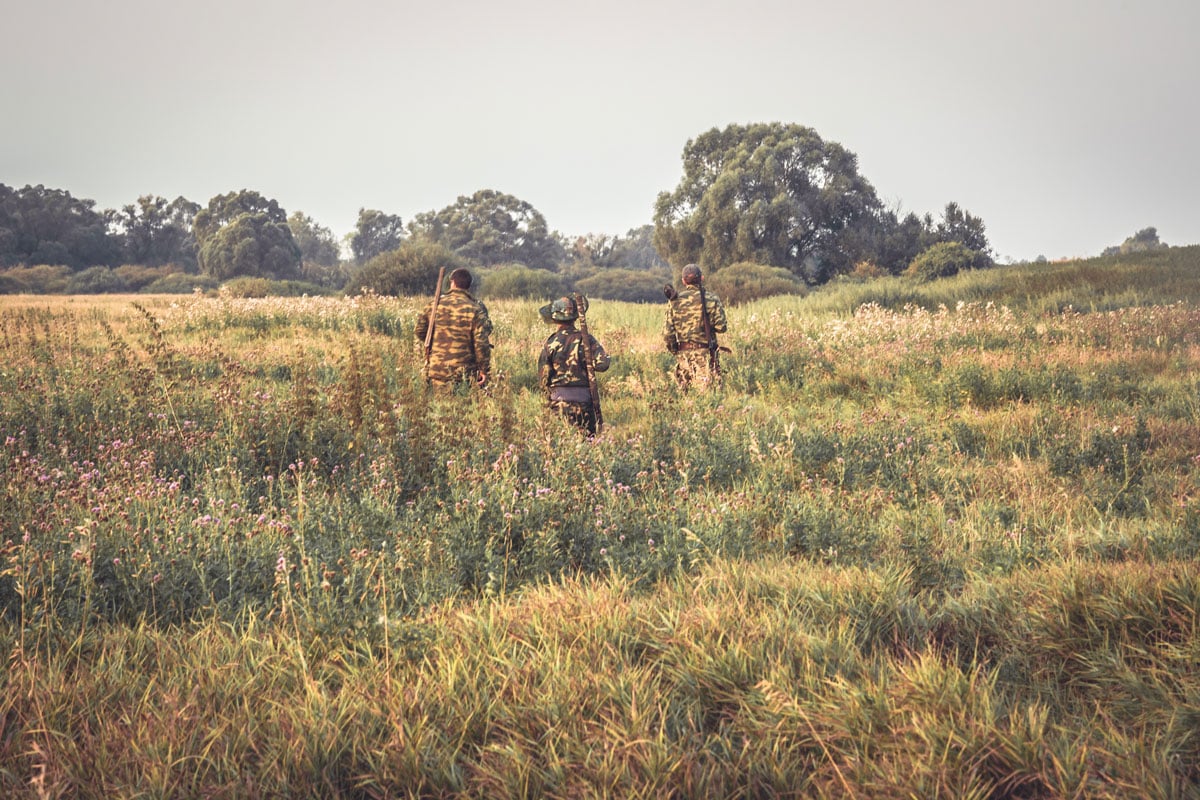
“You don’t need a lot of stuff,” James said. “Over time, a hunter determines whether something is ‘needed or nice’ discovering that less is more! A few essential items include gun or bow, flashlight or headlamp (with spare batteries), binoculars, map and compass, knife, tissue, water, snacks, small first aid and fire kit and spare clothing.”
Ideally you’ve already scouted and found game sign, so you should have a few spots you want to try.
Your hunting strategy will depend on the terrain you’re hunting, your chosen firearm, and your maximum accuracy range. You may need to experiment with different strategies to get results. Rinella suggests a combination of different styles like still-hunting, spot-and-stalk and ambushing.
For squirrels, Rinella suggests hunters get to a chosen spot by daybreak. Settle in before the squirrels emerge for feeding, get quiet and listen. If they’re around, he says you’ll hear squirrels bounding through the trees and dropping nut shells as they feed.
You might also try stalking the squirrels, walking slowly and quietly through the woods listening for their activity. Try to stay hidden behind larger trees as you do this.
“If you’re toting a .22, aim for just behind the squirrel’s ear in order to give yourself a little room for error,” Rinella writes on his blog. “If you’re toting a shotgun, hold your bead off the end of the squirrel’s nose in order to limit the number of pellets that get into the meat.”
Still shots are the easiest to make, especially with a .22. But if you miss, keep working. You may get lucky and get into shooting range without the squirrel noticing.
Research different hunting tactics and experiment to find the ones that work for you.
Step Six: If Successful, Cook and Eat!
James said if new hunters are persistent, they’ll eventually have successful hunts and bring home wild meat. Have a plan for cleaning and cooking the game so that you have your tools and ingredients on hand when the time comes.
Study the best way to skin and butcher the particular game you’ve chosen. Rinella and countless experts have YouTube videos dedicated to teaching these skills.
James said most new hunters are motivated by the desire to bring their families high quality meat.
“Squirrel meat is very good. It’s just all about the recipes,” he said. “It eats good things like mast crops and vegetation. It’s kind of on the sweet side.”
James said it’s best to parboil squirrel meat before breading and frying it. Serve it up with mashed potatoes and greens. Try the crock pot for older game that may be tough; James cooks squirrel meat down to make wild brunswick stew.
Step Seven: Continue Building Your Skills and Plan for Future Hunts
Once you’ve mastered small game hunting, you’ll be ready to move on to bigger game like turkey and deer. And who knows? Before you know it you may even decide to manage your own hunting land. Check out our articles: “How to make a hunt club the pros would envy,” and “Why manage wildlife on hunting land?
Special thanks to TheMeatEater, a key resource for information for this article. Visit themeateater.com to read more from this outdoor lifestyle company founded by renowned writer and TV personality Steven Rinella, host of the Netflix show MeatEater, The MeatEater Podcast and author of "The Complete Guide to Hunting, Butchering, and Cooking Wild Game Volume 2: Small Game" (Random House, 2015).


